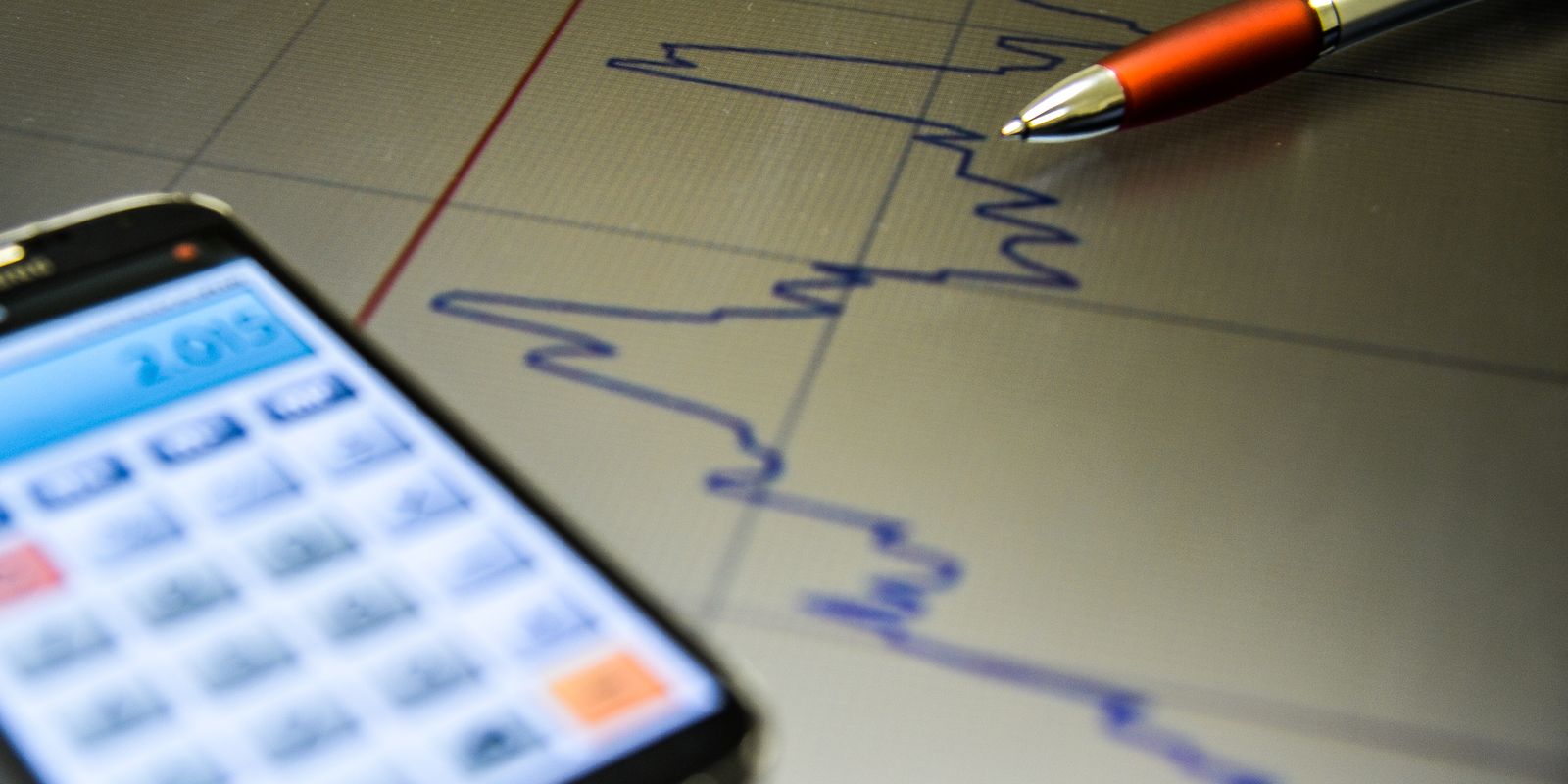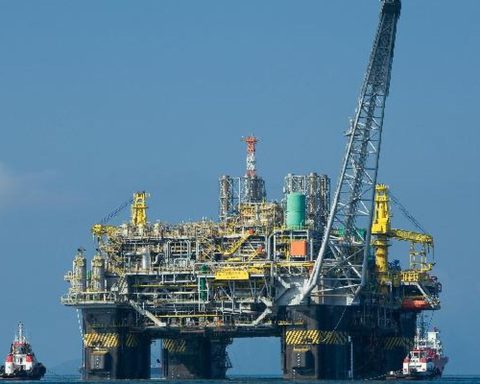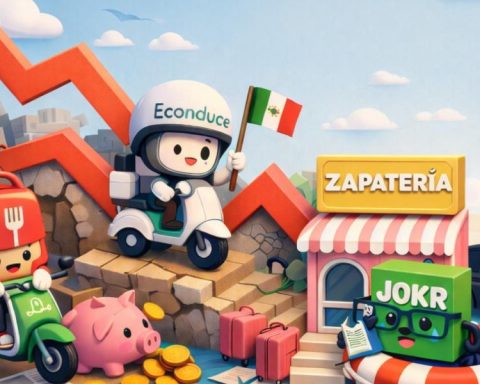The financial market’s forecast for the growth of the Brazilian economy this year rose from 2.68% to 2.96%. The estimate is in the Focus Bulletin of this Monday (16), a survey released weekly by the Central Bank (BC) with the projection for the main economic indicators.
The 0.28 percentage point upward revision comes after the disclosure of Gross Domestic Product (GDP – the sum of goods and services produced in the country) of the second quarter of the year, which surprised and rose 1.4% compared to the first quarter. According to the Brazilian Institute of Geography and Statistics (IBGE), compared to the second quarter of 2023, the increase was 3.3%.
For 2025, the GDP expectation remained at 1.9. For 2026 and 2027, the financial market also projects GDP expansion of 2% for both years.
In 2023, also exceeding projections, the Brazilian economy grew 2.9%, with a total value of R$10.9 trillion, according to the IBGE. In 2022, the growth rate had been 3%.
The dollar is expected to be worth R$5.40 by the end of this year. At the end of 2025, the US currency is expected to be worth R$5.35.
Inflation
In this edition of Focus, the forecast for the Broad National Consumer Price Index (IPCA) – considered the country’s official inflation rate – in 2024 went from 4.3% to 4.35%. For 2025, the inflation projection was 3.95%. For 2026 and 2027, the forecasts are 3.61% and 3.5%, respectively.
The estimate for 2024 is above the inflation target, but still within tolerance, which should be pursued by the Central Bank. Defined by the National Monetary Council (CMN), the target is 3% for this year, with a tolerance range of 1.5 percentage points above or below. In other words, the lower limit is 1.5% and the upper limit is 4.5%.
From 2025, the continuous target system will come into effect and, therefore, the CMN no longer needs to set an inflation target each year. The board set the center of the continuous target at 3%, with a tolerance margin of 1.5 percentage points above or below.
In August, driven mainly by falls in food prices and housing expenses, there was deflation of 0.02% in the country, after the IPCA recorded inflation of 0.38% in July. According to the IBGE, in 12 months, the IPCA accumulated 4.24%.
Interest rate
To achieve the inflation target, the Central Bank uses as its main instrument: base interest ratethe Selic, set at 10.5% per year by the Monetary Policy Committee (Copom). Faced with an adverse external environment and increasing economic uncertainties, at the last meeting, at the end of July, the BC decided to maintain the Selic, for the second time in a row, after a cycle of seven reductions that went from August 2023 to May 2024.
From March 2021 to August 2022, Copom raised the Selic rate 12 times in a row, in a monetary tightening cycle that began amid rising food, energy and fuel prices. For one year, from August 2022 to August 2023, the rate was maintained at 13.75% per year, for seven consecutive meetings. With price control, the Central Bank began to cut the Selic rate.
Before the start of the upward cycle in March 2021, the Selic rate had been reduced to 2% per year, the lowest level in the historical series that began in 1986. Due to the economic contraction caused by the COVID-19 pandemic, the Central Bank had lowered the rate to stimulate production and consumption. The index was at its lowest level in history from August 2020 to March 2021.
The next Copom meeting is scheduled for this Tuesday (17) and Wednesday (18). For the financial market, the Selic should rise again to 10.75% per year at this meeting and end 2024 at 11.25% per year.
By the end of 2025, the base rate is expected to fall to 10.5% per year. For 2026 and 2027, it is expected to be reduced again, to 9.5% per year and 9% per year, respectively.
When Copom increases the basic interest rate, the aim is to curb heated demand, and this has an impact on prices because higher interest rates make credit more expensive and encourage savings. However, in addition to the Selic rate, banks consider other factors when setting the interest rates charged to consumers, such as default risk, profits and administrative expenses. Therefore, higher rates can also hinder economic growth.
When the Selic rate is reduced, the tendency is for credit to become cheaper, encouraging production and consumption, reducing control over inflation and stimulating economic activity.

















